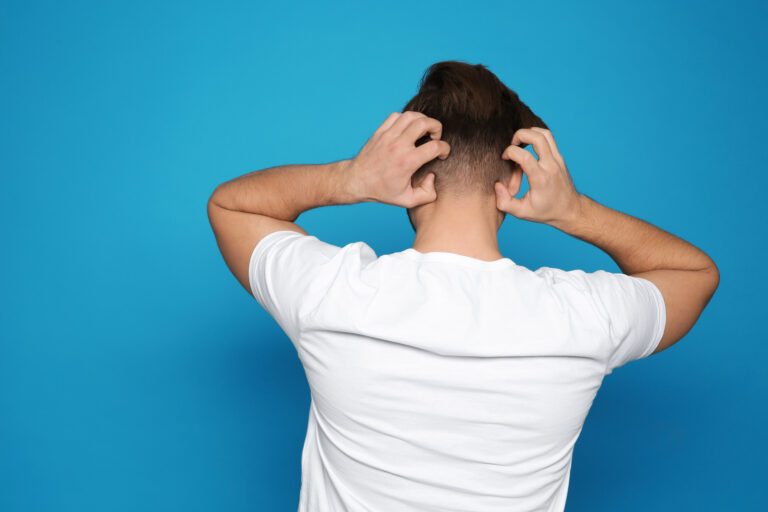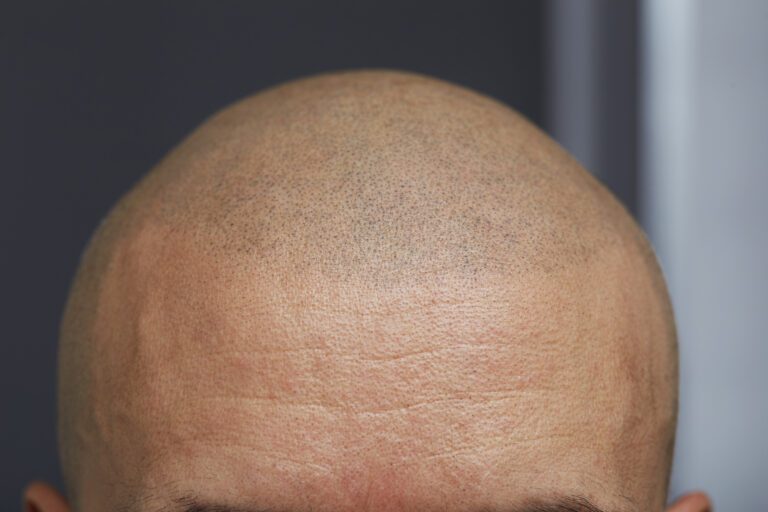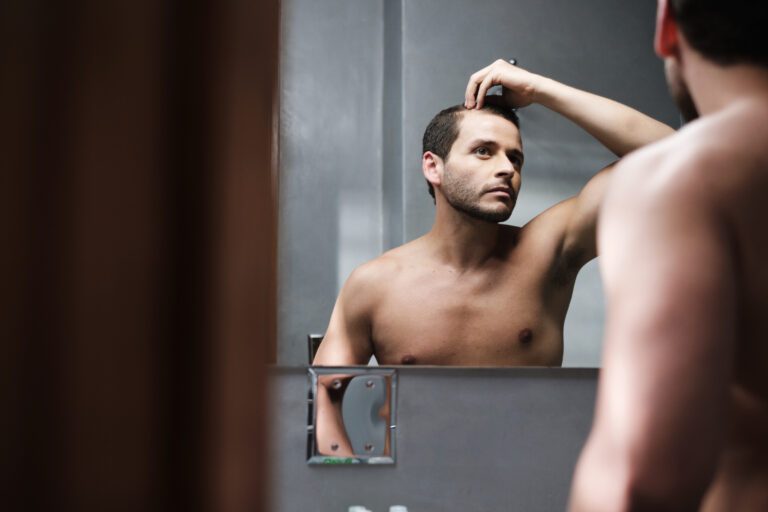All You Need to Know About African American Hair Transplants
Are you suffering from hair loss? Well, hair transplants are one of the most effective ways to combat hair loss. However, the nature and characteristics of African American hair are different from those of Caucasian hair.
For this reason, Afro hair transplant procedures are the most complex forms of FUE hair transplant. So, if you have African American hair, you might be wondering: will a hair transplant work for me?
Don’t fret! In today’s article, we’ll tell you everything you need to know about African American hair transplants.
Causes of African American Hair Loss
While Caucasians are the most affected group by hair loss, African American can still suffer from hair loss for many reasons.
Generally, androgenic alopecia, also known as male-pattern baldness, is common in Caucasians. On the other hand, Traction alopecia is more common in African Americans.
Hair mistreatment is the main cause of this type of baldness. Additionally, many issues related to stress can cause hair loss.
That’s why you can experience temporary hair loss after a traumatic event. It can usually self-resolve, though.
Other causes of Afro hair loss include frontal fibrosing alopecia, lichen planopilaris, and systemic lupus erythematosus (SLE).
Challenges of Hair Restoration for African American
What makes African American hair transplants complicated is the curly nature of the hair follicles. Whether it’s a hair transplant for African American women or for African American men, they both aren’t the easiest to perform.
You’d be surprised to know that the curls don’t stop at the scalp, and they continue to the root of each hair.
For that reason, it’s hard to harvest from the scalp without damaging the root of the hair. In addition, each hair follicle is surrounded by a thicker and tighter layer of epidermis compared to other ethnic groups.
So, during Follicular Unit Extraction (FUE), it can be hard to harvest hair without damaging it. In turn, this can cause unsatisfactory results.
On top of that, the punch marks from extraction have a higher possibility of causing keloid scarring. That’s due to the excess production of collagen during the healing process.
Not to mention how Afro hair has less density when compared to Caucasian hair. Additionally, the hair shaft has more curls and is more fragile. What’s more, the hair grows at a slower rate.
FUE Hair Transplants for African American
Generally, the FUE hair restoration is precise and efficient. Most of the process is done manually, so it can be time-consuming and more expensive.
Unlike other extraction methods that use a motorized micro-punch, the FUE is done by a manual punch. The surgeon operating the transplant alternates rotation around the hair follicle before extracting it with a clamp.
For this reason, the surgeon has better control over their gesture. That can be helpful when dealing with African American hair, as it’s fragile and curly.
In addition, manual FUE transplant is less invasive, so the scalp can heal faster and easier. With manual FUE, there’s around a 1 to 3% transection rate. On the other hand, with motorized micro-punch transplants, the transection rate can be around 10 to 15%.
Overall, the donor area heals in around two days, and the follicles are implanted more densely. That’s why manual FUE is one of the best options for African American hair.
FUE vs. FUT for African American Hair
In Follicular Unit Transplantation (FUT), we remove a long, thin piece of tissue from the scalp. Then, we remove individual follicular units using stereo-microscopic dissection.
After harvesting follicles, we close the wound, leaving a single, fine linear scar. While this is an efficient hair transplant method, it’s not the best for African American hair due to its curly, fragile nature.
Additionally, because darker skin tends to be more prone to keloid formation, an FUE is a better option. That’s because FUE leaves less visible scarring.
Platelet-Rich Plasma for Better Results
Platelet-rich plasma (PRP) is made from a patient’s blood sample.
We simply extract the plasma—which is a type of blood cell that helps with the healing process across the body. Therefore, when we inject PRP in high concentration at the scalp, it can make the healing process much easier and faster.
In turn, it guarantees a better rate of hair regrowth. For that reason, PRP is an essential part of African American hair loss treatment.
African American Hair Transplant Before – After: Is It Worth It?
Hair transplants are one of the most effective and permanent ways to treat hair loss. With a good dermatologist or specialized clinic and post-operative care, you can get satisfying results.
However, this isn’t the case with African American hair transplants. As we’ve previously mentioned, the procedure can be much more complicated, and positive results aren’t guaranteed.
For this reason, you should do your research thoroughly and find a clinic or a dermatologist that specializes in Afro hair transplants.
An experienced transplantation technician can usually harvest hair without damaging the roots. In turn, the procedure might turn out to be successful. So, make sure to ask the clinic or the technician if they’ve worked on similar cases.
Generally, hair transplantation for African Americans can be worth it if you find an experienced technician or dermatologist to perform the procedure. Other than that, there’s no guarantee that the transplant will be successful.
Therefore, hair transplantation should be the last resort. You can try other hair loss treatments, like minoxidil and finasteride, before deciding to have the surgery.
Essential Tips for African American Hair Transplants
Hair transplants for African American hair can be a little complicated. For this reason, the most critical step is picking the right surgeon/clinic to do the procedure.
Ideally, you want to look for a doctor that has previous experience with African American hair transplants.
In addition, post-operative care is crucial. A tiny mistake can cost you a lot. Here are some essential tips that you need to follow:
- Avoid touching your scalp for the first week after the procedure completely.
- Follow all post-operative care instructions that your doctor will tell you.
- Avoid exposure to dirt and sweat.
- Some vitamins and painkillers, like aspirin, can do more harm than good. So, consult your doctor before administering any medication after the surgery.
- Scabs and crusting are a normal part of the healing process. So, don’t attempt to remove them before they start falling off on their own.
- Don’t scratch your scalp, no matter how tempting it might be.
- A saline spray can help with the scabs and reduce the itchy feeling.
African American Hair Transplant Alternatives
If you don’t think a hair transplant is the right option for you, don’t fret! There are other treatments that have proven their effectiveness in combating balding.
We highly recommend checking with your dermatologist to determine the cause of the hair loss.
That’s because there might be an underlying cause for your hair loss. Once the cause is treated, your hair might grow back again.
That includes vitamin deficiency, diseases, hormone imbalance, stress, depression, and infections.
Here are some of the most popular and effective hair loss treatments:
1. Minoxidil
Minoxidil can stimulate hair growth and slow down further hair loss. However, it can take around three to six months of continuous use for the drug to show results.
2. Microneedling
Microneedling, as the name suggests, involves a device that contains hundreds of tiny needles. These needles make small incisions in the scalp that stimulate healing and hair growth in the area.
3. Laser Treatment
Laser treatment, also known as red light and cold laser therapy, is an effective way to combat baldness. It involves a device that emits photons, which stimulates hair growth.
4. Platelet Rich Plasma (PRP)
PRP therapy uses injections of the patient’s own platelets to accelerate healing and promote hair growth on the scalp.
5. Finasteride
Although finasteride’s first indication was treating benign prostatic hyperplasia, the FDA approved its use as a hair loss treatment.
FAQs
Do hair transplant surgeries work for Afro hair?
Yes! Hair transplants work for Afro hair. However, it isn’t as simple or effective as it is for Asian and European hair. That’s due to the different characteristics of Afro hair.
What’s the best hair restoration method for African American hair?
Generally, choosing the right hair restoration method depends on the cause of baldness. Sometimes, treating the underlying cause can fix the issue.
That said, when it comes to hair transplantation, an FUE procedure is the most preferred method for African American hair. That’s because it offers better results and less scarring.
Wrapping Up
African American hair has different characteristics from other types of hair. It has less density and more curls. In fact, the curls don’t stop at the scalp; they continue to the root of each hair.
That makes hair transplantation more complicated. So, unless an experienced surgeon or technician is operating the transplant, good results aren’t guaranteed. Generally, a manual FUE is preferred to a FUT hair transplant.
If you don’t think that a hair transplant is a suitable option for you, there are other alternatives to hair transplants for African American hair. That includes minoxidil, microneedling, laser treatment, PRP, and finasteride.







